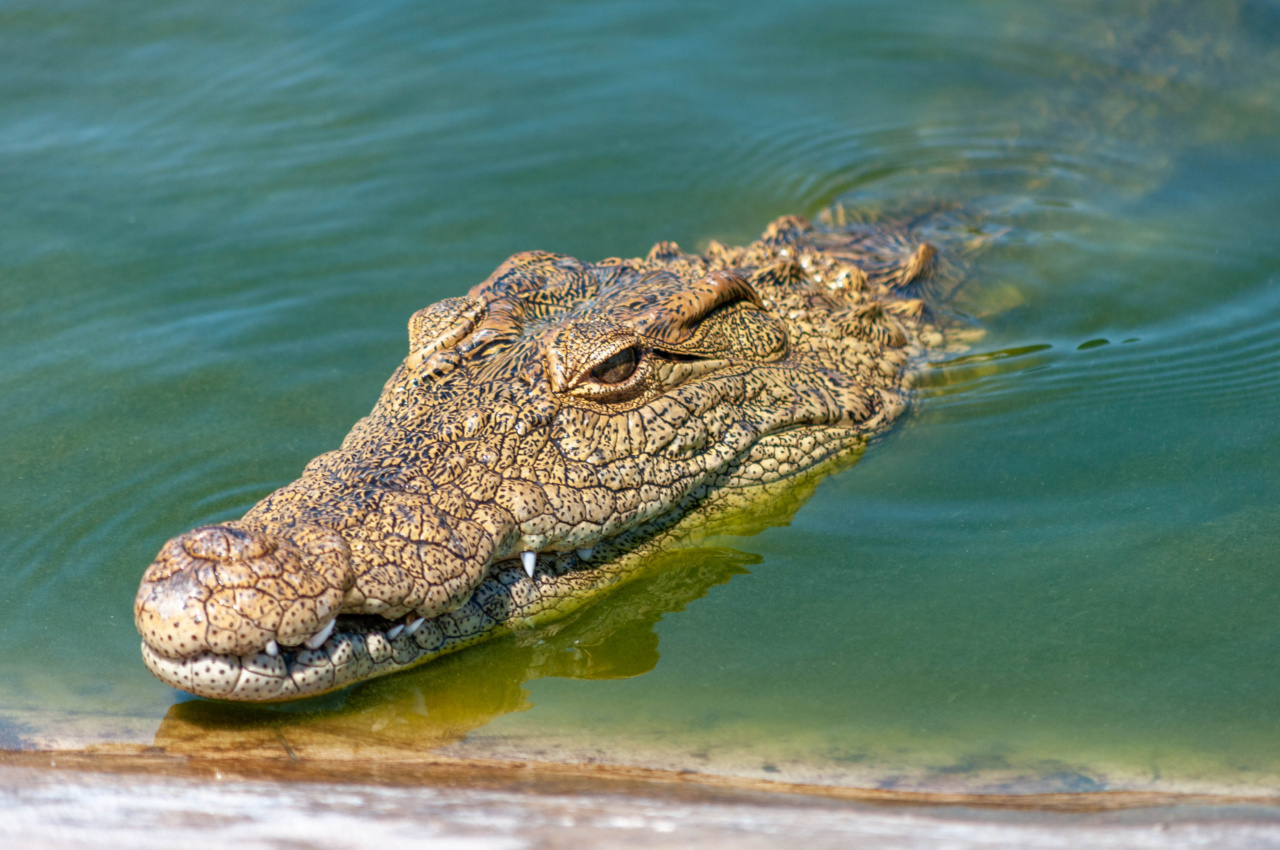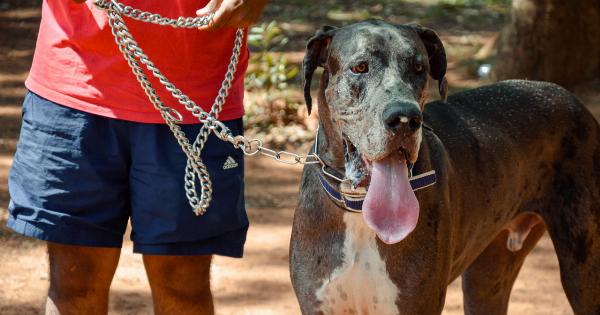Some dogs are natural swimmers who love diving into the water and retrieving toys or sticks. But not all dogs share the same enthusiasm for water activities. Some of them may tremble, resist, and, in some cases, show signs of panic when faced with water.
Fear of water can be a significant issue for dogs and pet owners for several reasons, including safety concerns and interrupted bonding opportunities. If your dog shows signs of fear of water, don’t worry. It is a common phobia among dogs that can be overcome through patience, positive reinforcement, and a little bit of training.
Understanding the Causes of Fear of Water in Dogs
Fear of water, or aquaphobia, can affect any dog, regardless of age, breed, or size. Some common reasons that can trigger fear of water in dogs include:.
- Lack of socialization: If a dog is not introduced to water activities and environments early on, he may be hesitant to dive in later.
- Traumatic experience: If a dog experiences a scary or overwhelming incident in water like near-drowning or strong waves; he may develop fear of water.
- Physical discomfort: If a dog feels uncomfortable in the water, such as experiencing ear infections or skin irritation, he may show signs of avoidance.
- Fear of the unknown: Dogs are instinctual creatures, and they may be afraid of something outside their comfort zone, like water.
Training Your Dog to Love Water
As with any phobia, curing aquaphobia in dogs requires patience, a gentle approach, positive reinforcement, and repetition. Here are some tips to help your dog overcome his fear of water:.
Start Slow
The first step in working with a dog with a fear of water is to introduce him to water slowly and at his pace. Do not force him into the water or throw him into a pool.
Instead, you can begin by introducing him to the water’s sound and smell by taking him near the water or showing him a pool from afar. You can also begin by letting him play in puddles, especially during rainy seasons.
Be Patient
Like anything else, overcoming a dog’s fear of water takes a lot of patience. Let your dog set the pace and don’t force anything. If he’s not immediately comfortable with the idea of being in or near water, don’t push it.
Instead, give him ample time to get used to the idea.
Positive Reinforcement
Positive reinforcement is crucial when teaching a dog anything, but especially when working against a phobia. Whenever your dog shows any signs of progress, reward him with praise, attention, or treats.
Always communicate with your dog in a cheerful, confident voice, and let him know you’re proud of him.
Use Toys and Treats
Use your dog’s favorite toy or treat to lure him closer to the water. You can also use a toy as an incentive for him to move further into the water.
For example, toss a ball only a few feet into the water at first until he feels comfortable enough to retrieve it himself.
Keep Him Safe
Ensuring your dog’s safety at all times is essential when working with him to overcome his fear of water. Never leave your dog alone in the water, and use a dog life vest when introducing him to bodies of water, like lakes or oceans.
In addition, gradually introduce your dog to new water environments, like pools or the beach, rather than overwhelming him with vast bodies of water initially.
Conclusion
Your dog’s phobia of water may not be an immediate concern, but it can affect his quality of life, limit his activities, and create safety concerns for him.
By using a patient, gentle, and positive approach, you can assist your dog in overcoming his fear of water and encouraging him to enjoy water activities with you. It takes time, effort, and repetition, but the long-term results of helping your furry friend overcome his aquaphobia are undoubtedly worth it.

























